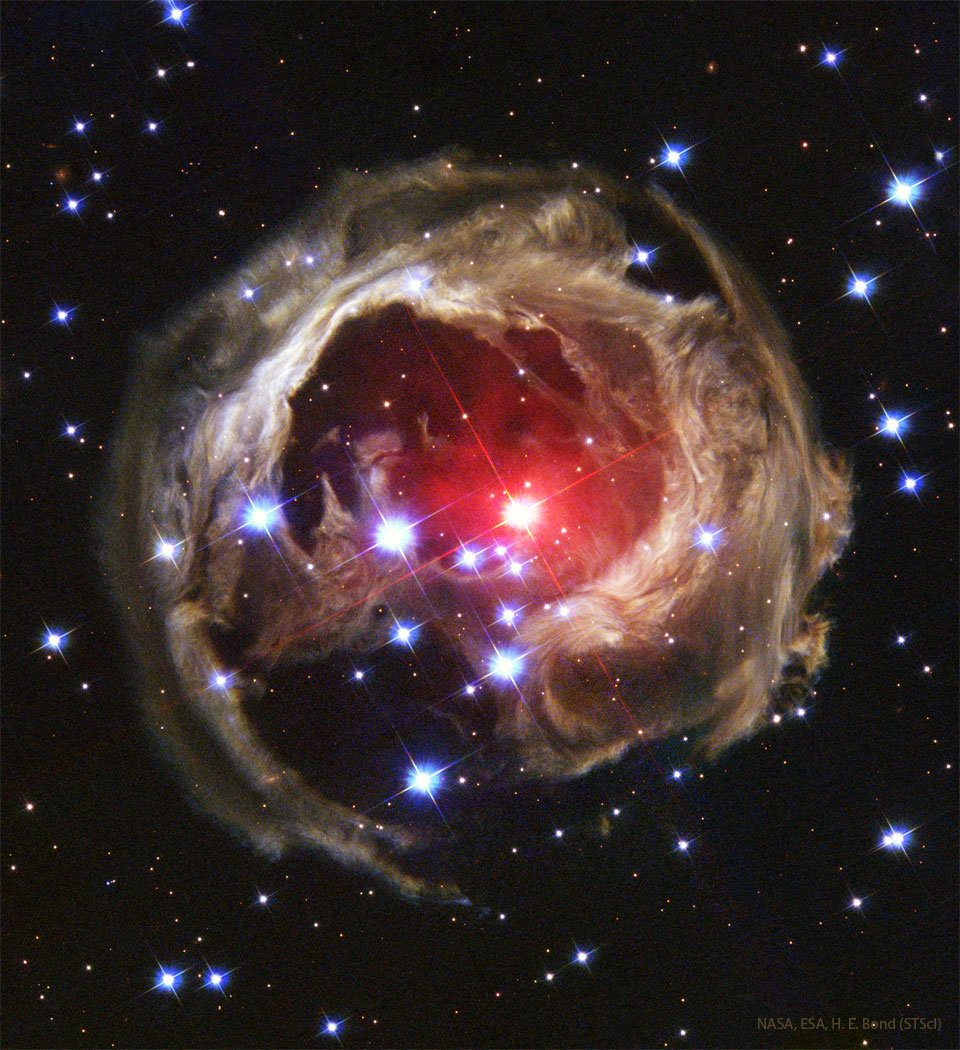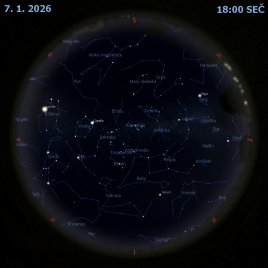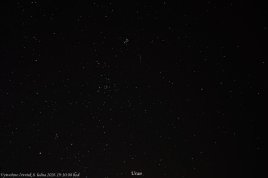Světelné ozvěny z V838 Mon

Uznání: NASA, ESA, H. E. Bond (STScI)
Co způsobilo toto vzplanutí V838 Mon? Vnější povrch hvězdy V838 Mon se z neznámých důvodů náhle prudce zvětšil, takže se počátkem roku 2002 stala jednou z nejjasnějších hvězd v Mléčné dráze. Potom se stejně náhle zmenšila a zeslábla. Takový hvězdný záblesk nebyl nikdy předtím pozorován, supernovy a novy vyvrhují hmotu do vesmíru. I když se zdá, že záblesk V838 Mon vypuzuje hmotu do vesmíru, tak to, co je vidět na snímku z Hubblova kosmického dalekohledu, je ve skutečnosti směrem ven se rozpínající světelná ozvěna původního záblesku. Světlo ze záblesku se ve světelné ozvěně postupně odráží od stále více vzdálenějších povrchů ve složité soustavě okolního mezihvězdného prachu, který již hvězdu obklopoval. Hvězda V838 Mon se nachází asi 20 000 světelných roků v souhvězdí Jednorožce (Monoceros), zatímco výše zmíněná světelná ozvěna má průměr asi 6 světelných roků.
Seznam odkazů v popisu
- Wikipedia: V838_Monocerotis
- IstockPhoto.com: Foto: Kočička za kulatým povrchem :-)
- Wikipedia: List_of_most_luminous_stars
- NASA: The Milky Way Galaxy
- Harvard.edu: Evolution of V838 Monocerotis during and after the 2002 eruption
- AandA.org: V838 Monocerotis: the central star and its environment a decade after outburst
- NASA: Supernova
- Youtu.be: Nova explosion in a binary star system
- APOD: 2014-06-17 Video světelného echa V838
- HubbleSite.org: V838 MONOCEROTIS
- APOD: 2001-08-06 Dalekohled Hubble Space Telescope na oběžné dráze
- APOD: 1997-10-23 __světelná_ozvěna_
- Wikipedia: Light_echo
- ViewSpace.org: VARIABLE STARS: V838 MONOCEROTIS
- APOD: 1999-05-09 Fraktální mezihvězdný prach
- Slate.com: Remastered Masterpiece
- Harvard.edu: Chandra: Note on Cosmic Distances
- APOD: 2003-04-01 Objevilo se nové souhvězdí
- Wikipedia: Monoceros
- AAVSO.org: V838 Monocerotis
- NASA: What is a light-year and how is it used?
NASA Official: Phillip Newman Specific rights apply. NASA Web Privacy Policy and Important Notices
A service of: ASD at NASA / GSFC & Michigan Tech. U.
Odkaz na originální APOD


